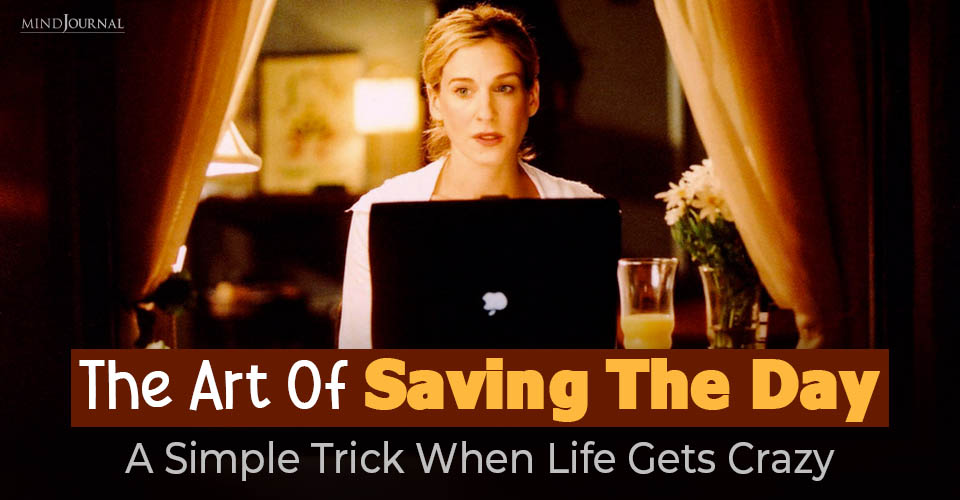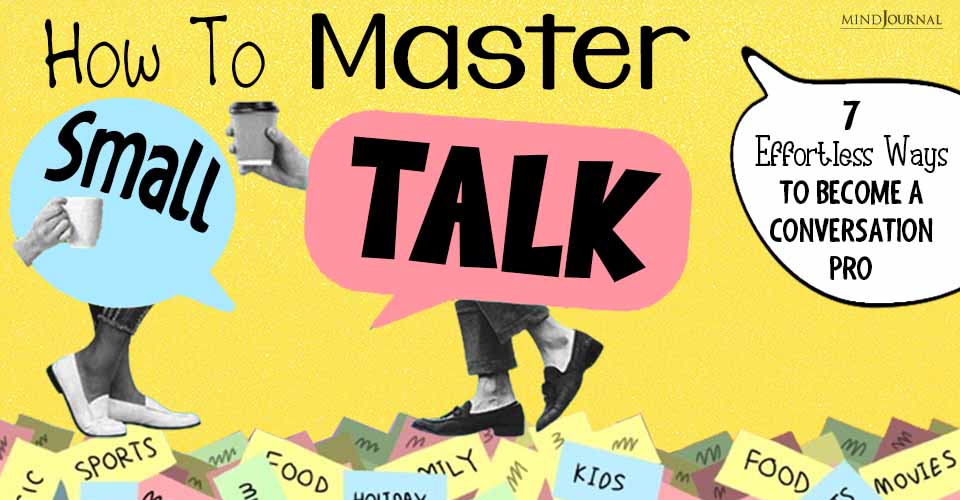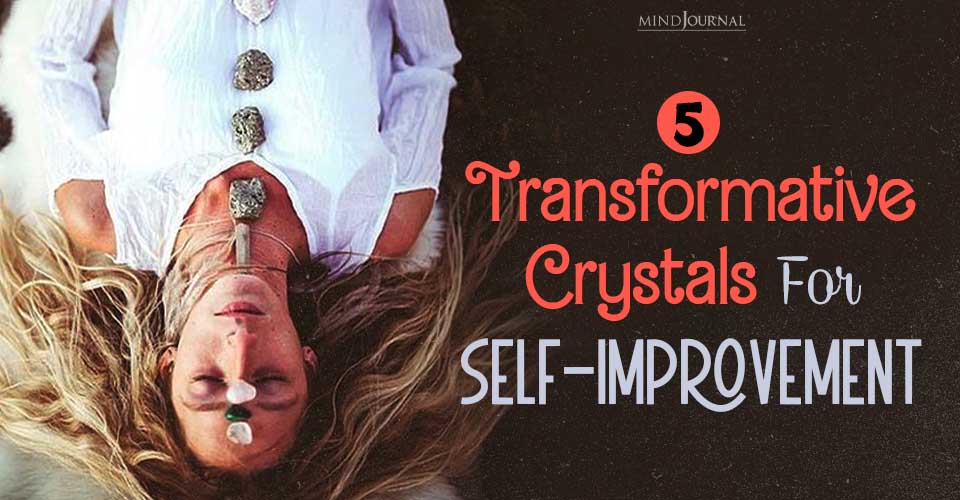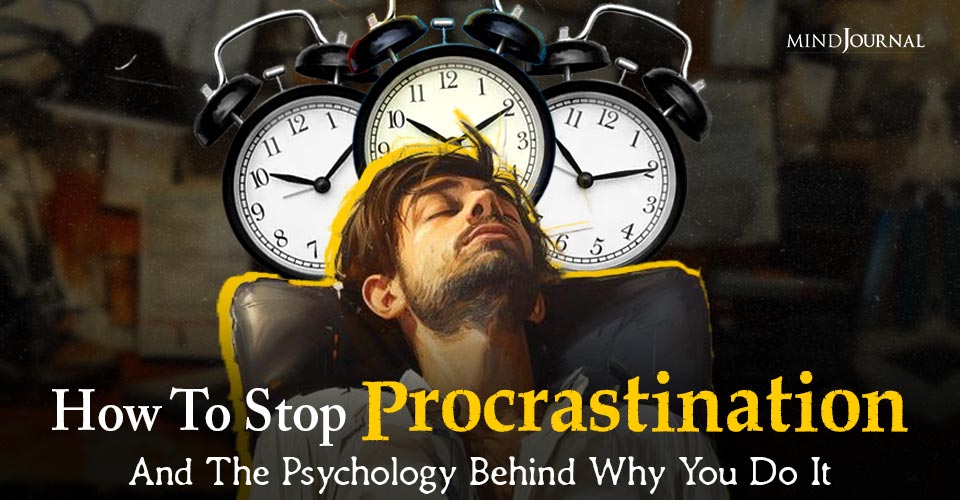A breakdown of job fit, its implications, and how to obtain it.
Steve Jobs was the ultimate proponent of job fit.
He’s quoted as saying, “I have looked in the mirror every morning and asked myself: ‘If today were the last day of my life, would I want to do what I am about to do today?’ And whenever the answer has been ‘No’ for too many days in a row, I know I need to change something.

While you might not have the same amount of clout or discretion as the late Steve Jobs, the underlying message is clear. You should regularly take stock of your job and ask yourself—is this really what I want?
Over the last six months, organizations have made all sorts of changes, ranging from compensation reductions, work-from-home policies, and strategic reinventions. These organization-level adjustments will undoubtedly trickle down to your day-to-day lives at work and at home. The time is right for a job fit reevaluation.
An important first step, however, is acknowledging that work is a multi-faceted creature. To decide the proper next steps, you need a nuanced assessment of your situation. It’s only then that you can properly plan out the next steps.
Along these lines, outlined below are considerations and recommendations for the most popular dimensions of job-related fit.
But first, consider taking this 12-question job fit assessment to see how you compare to your peers.
This free, validated assessment aligns with the dimensions described below.
1. Person-Job, Demand-Ability Fit
Demand-ability job fit entails the extent to which your knowledge, skills, and abilities align with the demands of your day-to-day work tasks. Interestingly, the demand-ability fit is a double-edged sword.
On the one hand, when you have a demand-ability fit, you are likely to be a high performer. On the other hand, the demand-ability fit might signal that it’s time to seek out new experiences that help you grow and develop.
It’s possible to create a productive form of misfit, such that your demands are slightly greater than your abilities. Take caution, however, because if you are significantly underqualified, your next step should be to work with your supervisor to redefine your role.
Another scenario—when you are stuck in a job where your abilities are significantly greater than your demands—is likely to lead to boredom. Try finding mentors in new departments with different skillsets and start attaching yourself to new initiatives that you find interesting.
Regardless of where you find yourself along the demand-ability fit spectrum, it’s up to you to proactively craft your work tasks and relationships to ensure that you are setting yourself up for success.
Read 10 Major Differences Between Successful and Unsuccessful People
2. Person-Job, Need-Supply Fit
As human beings, we have three innate psychological needs, including the need to be in control, the need to be competent, and the need to relate to and connect with others. Need-supply fit entails the extent to which your job satisfies these three needs.
Although these needs are considered universal, people differ on exactly how much they want.
While some individuals prefer extreme levels of autonomy, others prefer a bit more structure. While some individuals prefer constantly learning and trying out new things, others want to feel confident in doing what they do best. While some individuals enjoy seeking out a wide range of supportive peers, others confide in a few, select individuals.
Read 70+ Best Attitude Quotes That Will Change Your Attitude Towards Life
It’s important to know where you fall along this continuum and ensure that you seek out the amount that you prefer. When individuals are undersupplied, they typically feel unfulfilled and less satisfied. When individuals are oversupplied, they typically become emotionally exhausted and disengaged.
Similar to demand-ability fit, you likely have some capacity to proactively manipulate your work surroundings. Pay attention to whether you have a need-supply fit and then work towards establishing new boundaries or creating new opportunities.
3. Person-Organization Fit
One way to understand person-organization fit is to start with the idea of values—the things that you find important. Organizational culture is partly determined by the values of the individuals within that organization, as well as the shared norms stemming from those values. Person-organization fit, then, entails the extent to which you feel as if your personal values align with the values of the organization and its members.
Person-organization job fit is a strong predictor of whether or not someone will be committed to an organization in the long-term. Additionally, individuals who feel higher levels of this type of fit typically enjoy being at work and connecting with colleagues. In turn, they tend to engage in citizenship behaviors such as helping their peers or advocating for their organization.
It’s quite common for someone to attempt to acclimate to the values and culture of an organization because earning a paycheck is more important than finding fit. In the long-term, this typically relates to feeling like an outsider, which can be psychologically taxing.
For those that do experience a value-misalignment with their organization, it can sometimes be offset by person-job fit. It’s therefore important to weigh the pros and cons of leaving an organization, and perhaps first consider focusing on creating the ideal job through need-supply and/or demand-ability fit.
Read Top 3 Tips To Create A Meaningful Vision In Your Life
4. Person-Vocation Job Fit
Person-vocation job fit entails the extent to which you identify with your vocation. Note that your vocation is broader than your job or organization; it encompasses your occupation or profession at large. When individuals identify with their vocation, they feel as if their vocation appropriately represents who they are and what they care about as a person.
Interestingly, the person-vocation fit has a relatively weak correlation with job satisfaction and work performance. Instead, this type of fit is a strong signal of your aspirations.
If you feel as if you don’t have a person-vocation fit, it suggests that you don’t feel like you have reached your full potential. If this is the case, it might be time to reevaluate which professions you are drawn to. This is likely to help facilitate high-quality self-reflection as it relates to your career goals.
Read 22 Rules For Living A Better Life By World’s Leading Psychiatrist
How All This “Fits” Together
Like it or not, your work fit will never be perfect. If it is, it’s unlikely to last forever. Think of job fit as four ongoing considerations that should be assessed and cultivated over time. If you can do that, you’ll increase your odds of being more satisfied and fulfilled at work.
So go ahead and take Steve Jobs’ advice. Look in the mirror and ask yourself, “If today were the last day of my life, would I want to do what I am about to do today?” You don’t have to do anything drastic—sometimes small, targeted changes can make all the difference.
Visit www.scottdust.com for more free resources for human capital enthusiasts.
References:
1. Sylva, H., Mol, S.T., Den Hartog, D.N. and Dorenbosch, L., 2019. Person-job fit and proactive career behaviour: A dynamic approach. European Journal of Work and Organizational Psychology, 28(5), pp.631-645.
2. Kristof‐Brown, A.L., Zimmerman, R.D. and Johnson, E.C., 2005. Consequences OF INDIVIDUALS'FIT at work: A meta‐analysis OF person–job, person–organization, person–group, and person–supervisor fit. Personnel psychology, 58(2), pp.281-342.
3. Kilroy, S., Flood, P.C., Bosak, J. and Chênevert, D., 2017. Perceptions of high‐involvement work practices, person‐organization fit, and burnout: A time‐lagged study of health care employees. Human Resource Management, 56(5), pp.821-835.
4. Ehrhart, K.H. and Makransky, G., 2007. Testing vocational interests and personality as predictors of person-vocation and person-job fit. Journal of Career Assessment, 15(2), pp.206-226.
5. Sirén, C., Thorgren, S. and Järlström, M., 2018. Self-directed career management and mobility: the risk of lock-in effects from person-job fit. The International Journal of Human Resource Management, pp.1-22.
6. Sylva, H., Mol, S.T., Den Hartog, D.N. and Dorenbosch, L., 2019. Person-job fit and proactive career behaviour: A dynamic approach. European Journal of Work and Organizational Psychology, 28(5), pp.631-645.
7. Roulin, N. and Krings, F., 2020. Faking to fit in: Applicants’ response strategies to match organizational culture. Journal of Applied Psychology, 105(2), p.130.
8. Wu, I.H. and Chi, N.W., 2020. The journey to leave: Understanding the roles of perceived ease of movement, proactive personality, and person-organization fit in overqualified employees' job searching process. Journal of Organizational Behavior, 41(9), pp.851-870.
Written by: Scott Dust, Ph.D Originally appeared on: Psychology Today Republished with permission









Leave a Reply
You must be logged in to post a comment.